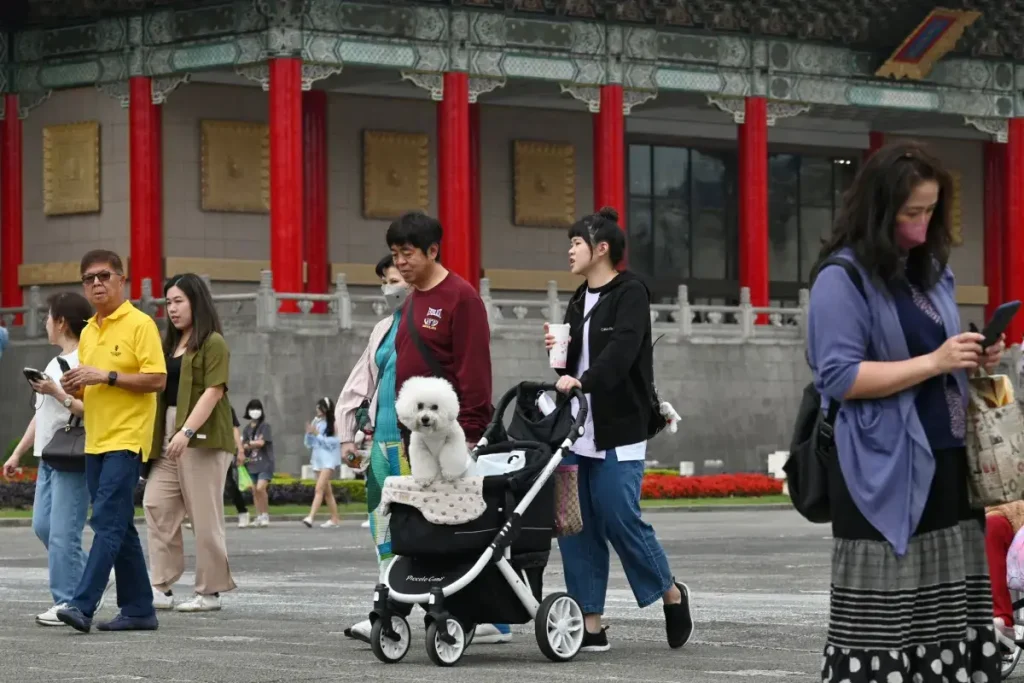Taiwan’s Demographic Crisis: Aging Population and Plummeting Birth Rates
Taiwan’s population is shrinking at an alarming rate, with the island experiencing more deaths than births for the twenty-second consecutive month according to recent government data. This demographic decline, while concerning on its own, masks an even more pressing challenge: Taiwan stands on the threshold of becoming a “super-aged society,” where individuals 65 and older constitute at least 20 percent of the population. At 19.9 percent as of October, Taiwan will likely cross this critical milestone by the end of the year, joining other East Asian nations like Japan and South Korea. In the capital city of Taipei, the aging crisis is already more pronounced, with seniors making up 24 percent of residents.
This demographic shift reflects a broader trend affecting many high and middle-income countries worldwide, where younger generations increasingly delay parenthood or choose to remain childless. The reasons behind this societal transformation are multifaceted: skyrocketing housing costs, economic uncertainty, changing attitudes toward traditional family structures, and shifting life priorities. Taiwan now grapples with one of the world’s lowest birth rates—just 4.78 births per 1,000 people—placing it alongside South Korea at the bottom of global fertility rankings. The statistical reality is stark: as of October, Taiwan recorded 15,908 deaths against only 9,458 births, translating to approximately 1.7 deaths for every birth each minute. Though births increased by 10 percent from the previous month, they still fell by 21.6 percent compared to the same period last year.
The country’s population contracted by nearly 0.4 percent (91,951 people) over the past year, standing at 23,310,853 by October’s end. This decline coincides with shrinking household sizes, which decreased by 4.4 percent year-on-year to just 2.37 persons per household—another indication of Taiwan’s changing social fabric. The government has not remained passive in the face of these challenges, implementing various pro-natalist policies including cash incentives for new parents and subsidies for fertility treatments like in vitro fertilization. However, experts largely agree that these measures, while well-intentioned, have proven insufficient to reverse the powerful demographic tide reshaping Taiwanese society.
The economic implications of this population transformation cannot be overstated. As Taiwan’s working-age population continues to contract, a smaller workforce must support an expanding elderly population, putting immense pressure on healthcare systems, pension programs, and social services. This demographic imbalance threatens economic growth and innovation at a time when Taiwan already faces geopolitical challenges and intense competition in key industries like semiconductor manufacturing. The situation demands not just stopgap measures but comprehensive policy reforms addressing the underlying factors discouraging family formation, from housing affordability to workplace culture.
Experts like National Taiwan University’s Associate Professor Hsin Ping-lung emphasize the need for structural changes in Taiwan’s labor market to adapt to these demographic realities. He advocates for increased hiring of older workers—what he terms “silver labor”—to address industry shortages, noting that persistent ageism often prevents experienced seniors from remaining economically active. Professor Hsin also highlights the importance of government support for corporate automation initiatives, suggesting that technological innovation could help mitigate some effects of workforce contraction. These recommendations reflect a growing recognition that Taiwan’s demographic challenges require multifaceted solutions spanning economic, social, and technological domains.
The long-term outlook appears challenging, with Taiwan’s National Development Council projecting that by 2045, the population will shrink to approximately 20.7 million people—a reduction of over 2.6 million from current levels. More concerning still, seniors will constitute 35 percent of the population by mid-century, with the median age rising to 55 years old. This transformation will necessitate fundamental reassessments of everything from urban planning and housing development to healthcare delivery and retirement systems. The demographic crisis Taiwan faces today represents not merely a statistical concern but an existential challenge to its social contract and economic model. As Taiwan approaches super-aged status, how it navigates this uncharted demographic territory will offer valuable lessons for other nations following similar trajectories, particularly in East Asia and Europe where fertility rates continue their downward trend despite various policy interventions.














